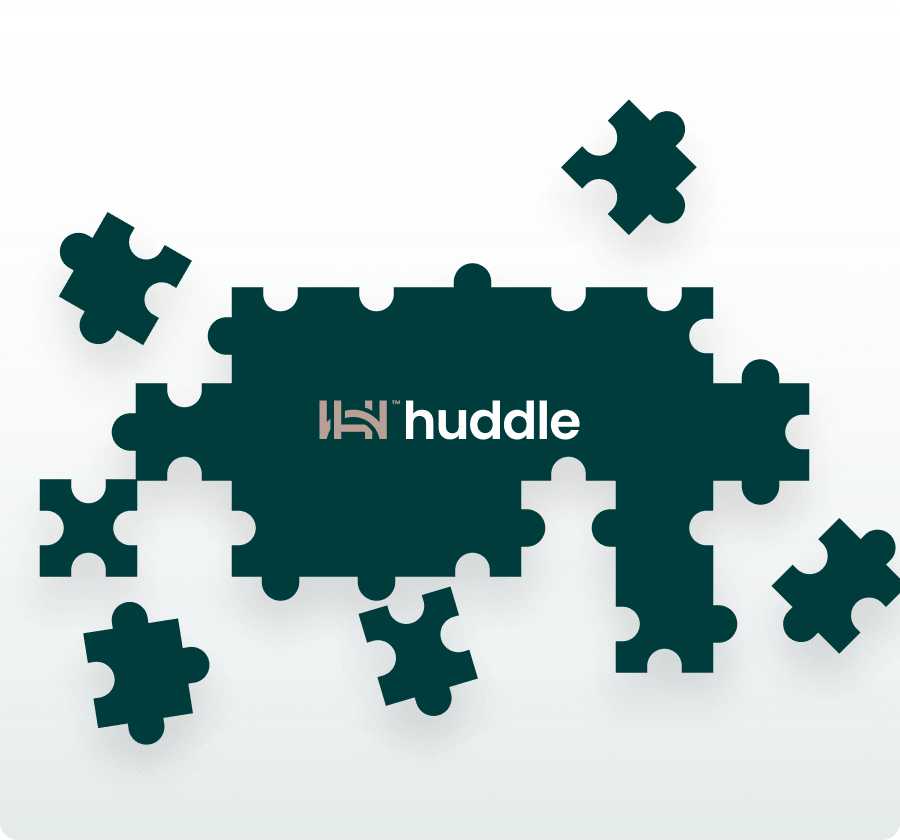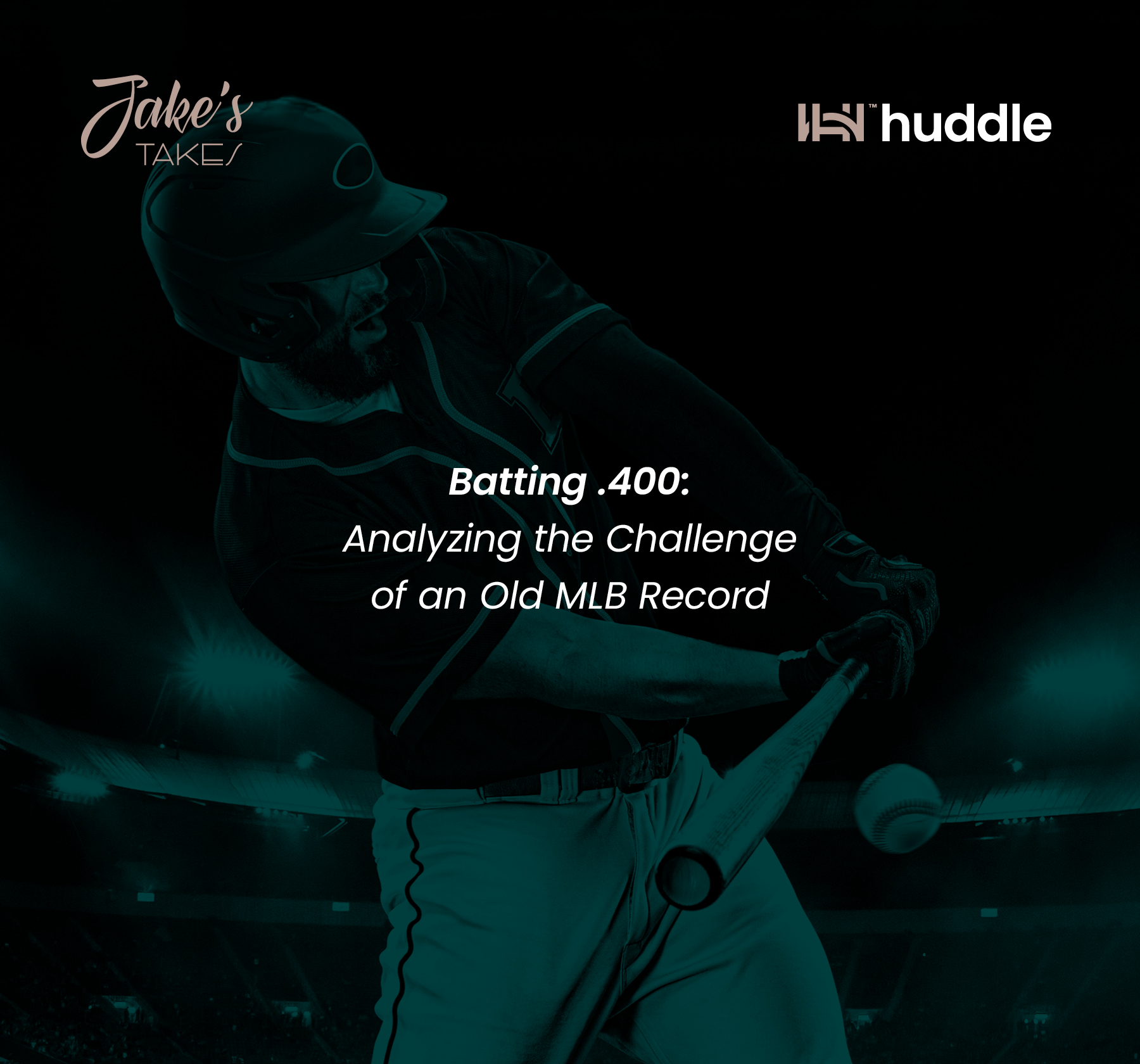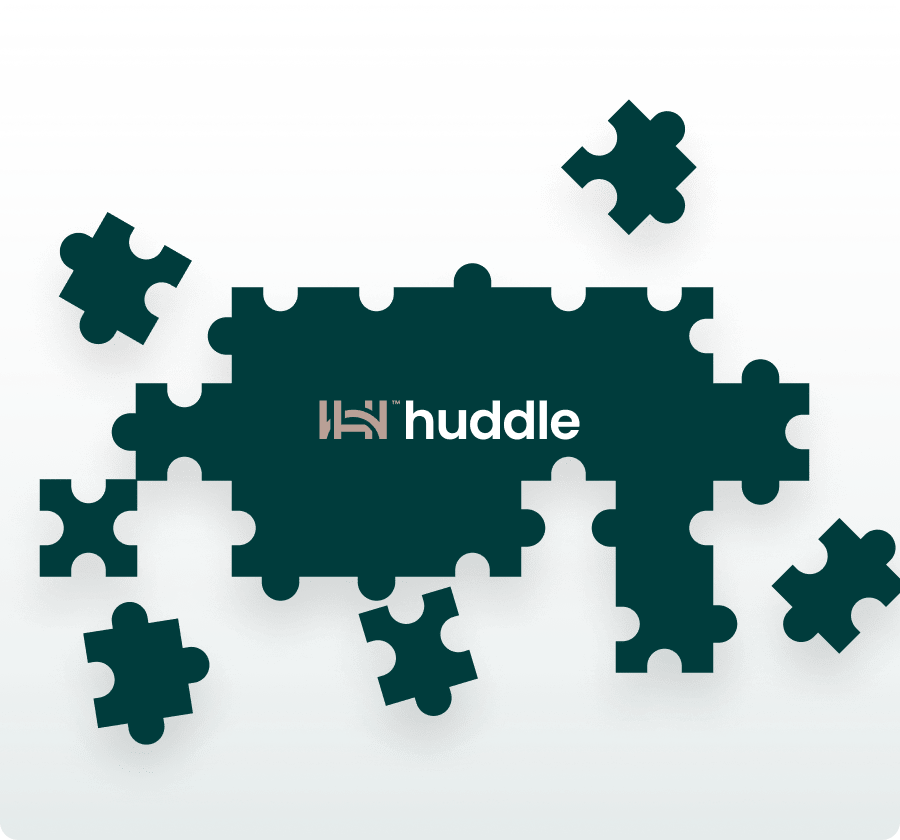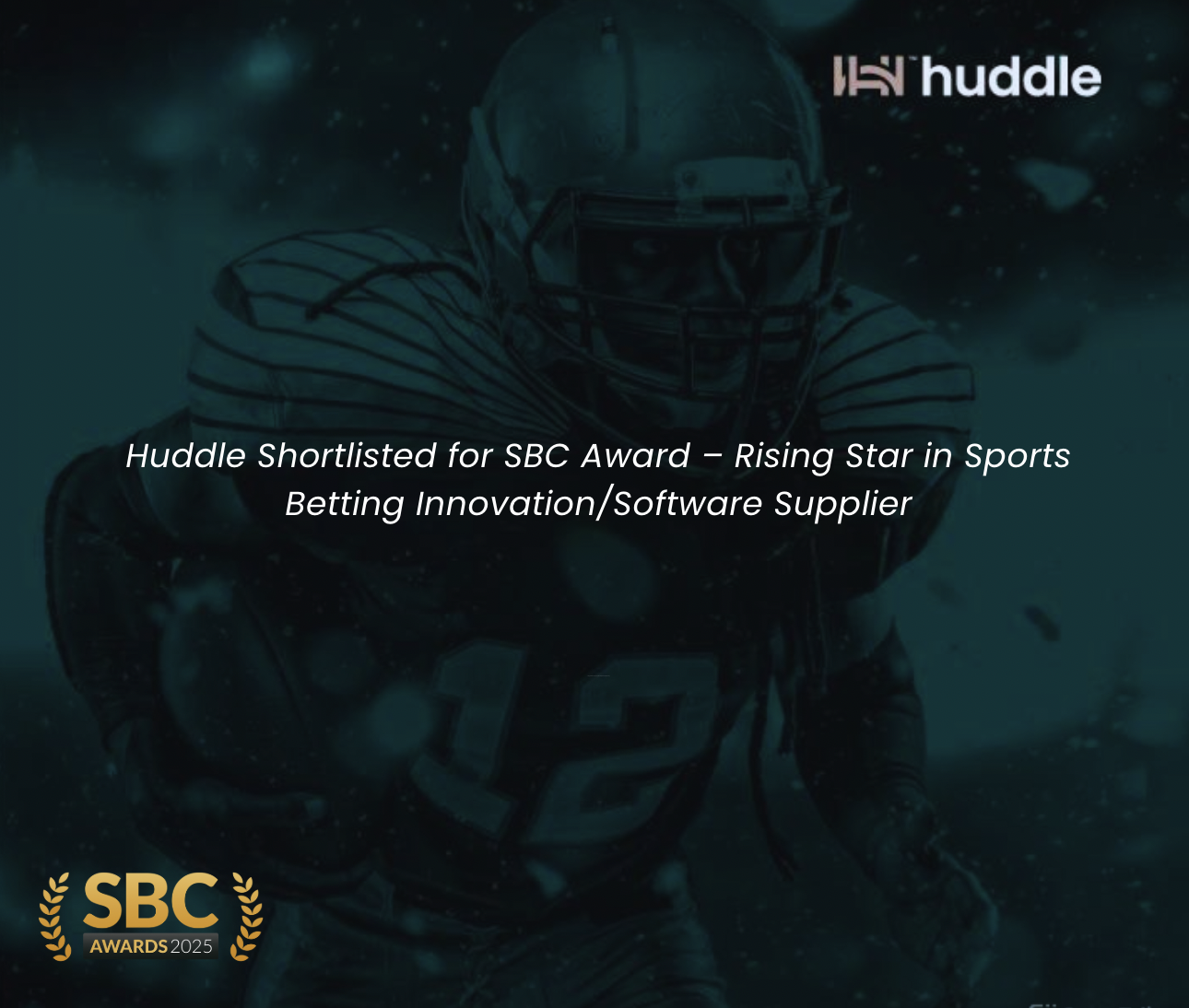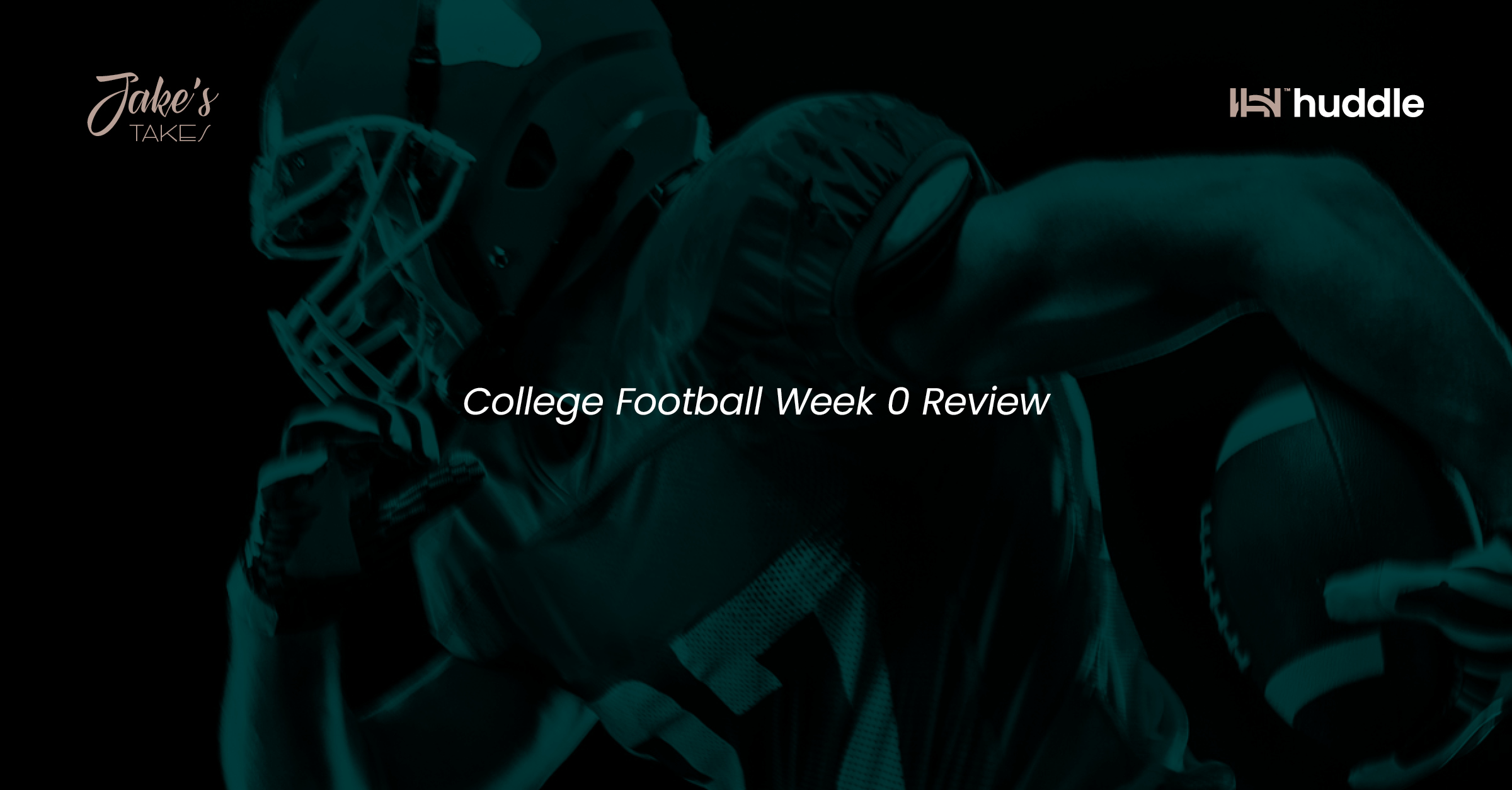
Meet The Team: Q&A Session with VP of Engineering, Srdan Srepfler
Blog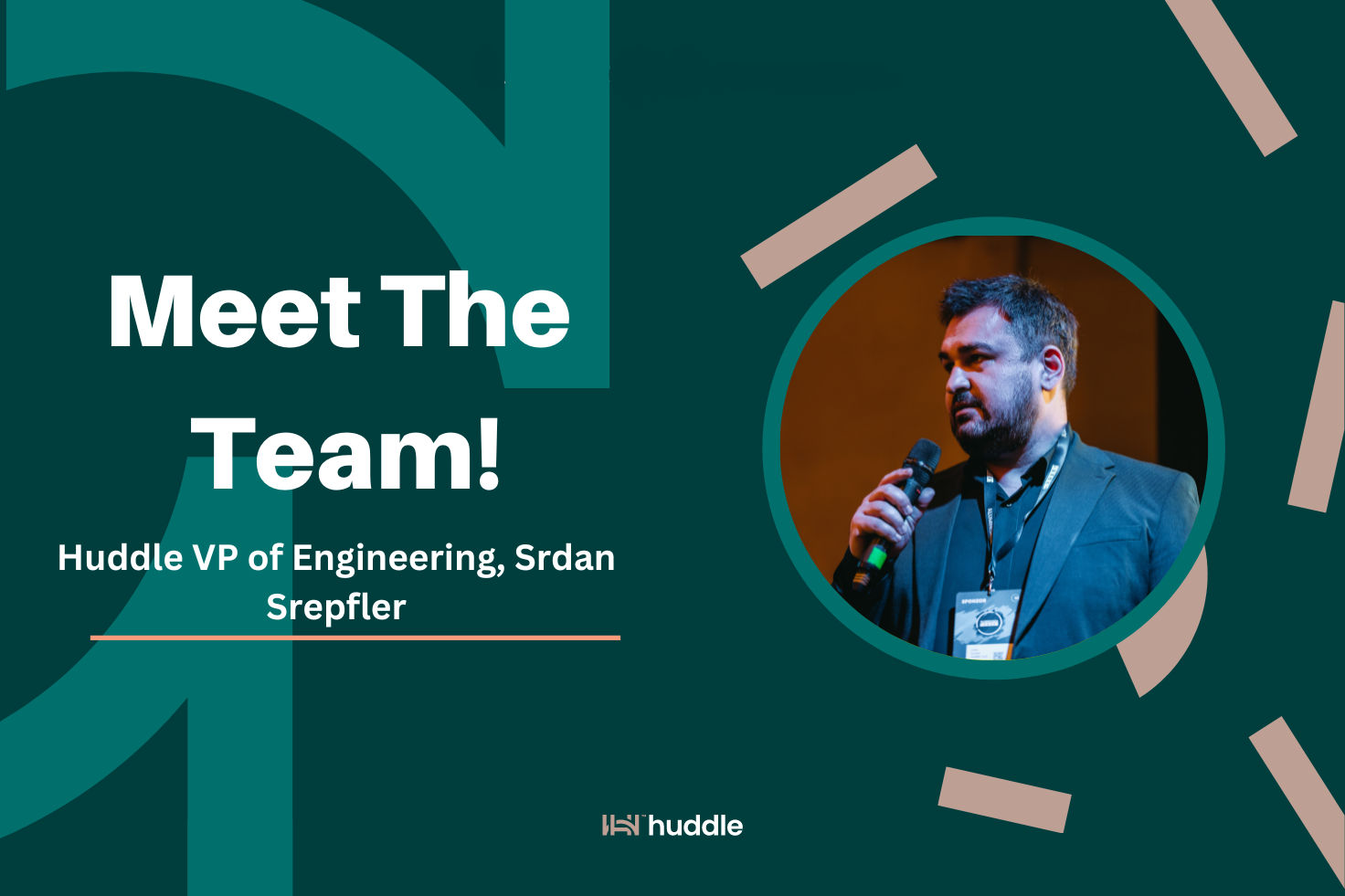
Meet The Team: Q&A Session with VP of Engineering, Srdan Srepfler
In our new edition of 'Meet the Team' series, we sat down with Huddle VP of Engineering Srdan Srepfler. With decades of experience in the tech industry, Srdan brings a wealth of knowledge and leadership to his role.
In this exclusive interview, he shares his journey, his teams accomplishments, and how innovation drives Huddle's success.
Could you share with us your professional journey before joining Huddle? What were some key roles or experiences that shaped your career in the sports betting industry?
Srdan: My professional journey in the technology world behind sports betting started in 2011 when I joined William Hill Online in Gibraltar. I still remember the photo of Tarifa that enticed me to join!
The environment was fast paced and challenging, and the company was very bullish, investing heavily in its technical capabilities. It was a great career opportunity and a place to grow. I managed to experience first hand how a massive technology organisation operates at scale and see all the bits and bobs that make a successful product and customer driven company.
This is when I built up my technical and team managing skills, we were scaling our stack to serve almost 100K concurrent users, with hundreds of concurrent sport events and supporting our services that were melting under the thousands of bets per minute that were pouring in during the various big UK betting highlights of the year like the Grand National and Boxing Day. Nothing in the software engineering toolbox was off the table and it is truly a testament to the extreme low latency, availability and scaling requirements that the betting industry needs, not to mention the strict deadlines driven by the major sport competitions and rapidly shifting business priorities.
As I moved up the ranks working on the Sportsbook product I was getting more and more responsibility and freedom which landed me on the Rewards project, a sportsbook gamification/bonusing platform based on state of the art event-driven architecture which I still remember as one of the most challenging deliveries but also team management opportunities I’ve ever had.
To finish that whole experience off, we successfully launched in the US shortly after PASPA was repealed where we integrated our European technology stack together with the US licensed technology stack. I felt that this was good timing for me to change the environment and challenge myself with something new in the startup world and with the focus on opportunities rising in the US.
This led me to my next challenge as VP of QA at MoPlay. It gave me more responsibility and also a change in perspective but most importantly a change in pace compared to the enterprise environment. More decisions, more action, yet lightweight processes and procedures that we owned from start to finish.
Startup environments by their nature focus on the essentials with very little tolerance for slack and when paired with great talent magic is happening every day. You can see and feel that your work is contributing to the overall success of the team. That startup unfortunately went under when the pandemic struck but I very much wanted to stay in that kind of environment. Once you feel the fast pace of delivery and camaraderie that’s possible in a startup environment, it is difficult to get back to corporate again. At that time I had a chance encounter with Huddle’s founding team where we immediately found ourselves aligned on the vision for Huddle. We kicked off the building of our engineering team and we started the work to pursue a vertically integrated SaaS for sports betting with Odds Feed as our first MVP.
What inspired you to pursue a career in technology, and how did your early experiences contribute to your growth in the field?
Srdan: My generation grew up before the Berlin Wall fell and I lived in Eastern Europe where access to technology was restricted. Luckily my family was very much involved with science and with access to technology (we had an Apple ][e+ at home) and always trying to keep up with the latest trends coming from the West. So I grew up with science and computers around me. My mom had a decade of personal computer journals sitting around in a cabinet which I was voraciously rummaging through one by one, jacking me into that world since its very beginnings. Paired with an insatiable thirst for knowledge, computers would become my passion and hobby going into my youth when society was becoming more open and connected. In the local computer scene we were forming local BBS communities and later on with the arrival of the Internet I discovered the world became a much smaller place. This ultimately led to my education and career opportunities.
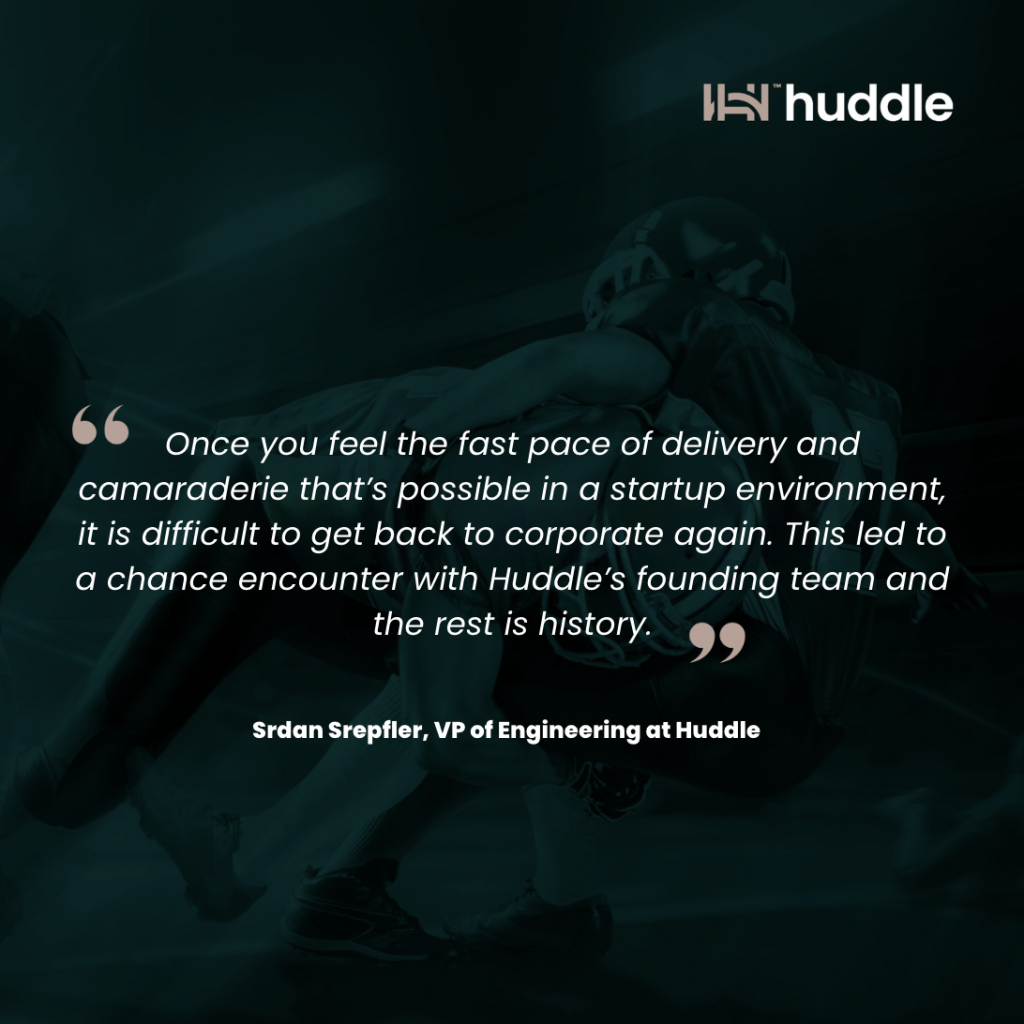
Can you share any recent technological advancements or initiatives at Huddle that you're particularly excited about?
Srdan: What I’m most proud of today is how the engineers at Huddle matured and how the HuddleOS platform grew as a result of our combined efforts. We’ve created hands down one of the best sport odds delivery teams in the industry thanks to the energy and grit which they all bring to work. The technological foundations we placed 3 years ago proved to be very adaptive to change and the speed of delivery on the platform has only increased as the team skills grew and our product vision focused.
Currently our efforts are evenly split between various business initiatives, Ice Hockey and MTS to name a few. Driven by a revamped product team and with an ongoing post-merger theme of simplification we have a sharp focus to make the platform better both in the near as well as mid to long-term. What has stayed constant throughout our journey is that Huddle keeps evolving and learning and our people are stepping up wherever there’s a need to help and take ownership.
We listen to hard feedback, we take action and we try to continuously keep improving the organisation.
Huddle’s journey in crafting the architecture for Single Game Parlay (SGP) has been quite challenging from a maths and engineering perspective. What role did collaboration play in overcoming the challenges encountered while crafting the architecture for Single Game Parlay (SGP), both within the engineering team and with other stakeholders such as data scientists or product managers?
Srdan: Collaboration played a pivotal role in overcoming the challenges encountered while crafting the architecture for Single Game Parlay (SGP) at Huddle. The basic SGP idea was simple but it presented difficult challenges in terms of performance and high implementation cost.
Luckily Huddle’s engineering team works very closely together. Our Quants analyse historical data, prototype and ultimately implement their models as a library that gets deployed and scaled within our Pricing applications stack. The first step in SGP implementation was to extend the library so that it can capture the simulation features as the models are running. Our Data engineers move and organise the data with pipelines so that we can analyse and improve our models over time. To do so they use a bunch of bespoke services and specialised databases. Backend engineering implements and operates the business functionality but also acts as the glue between these two.
So, we borrowed a trick or two from the data engineering toolbox and we shifted the problem from a data processing one to a data retrieval one. We quickly prototyped a POC and found that the achieved latencies were more than satisfactory for the KPIs of the SGP. This dramatically reduced the amount of code we had to write and also achieved great performance from the product.
By fostering a culture of collaboration, Huddle was able to navigate the challenges inherent in crafting the architecture for SGP and ultimately deliver an innovative and robust feature to its users.
What specific innovations or upgrades are introduced with the recent product launches, and how do they address the evolving needs of the sports betting industry?
Srdan: Ice Hockey is in a way the first sport we’re launching that combines all the learnings and refinements we’ve made to our platform in the last 12 months. The initial trader feedback is very positive and I’m hopeful this is a great sign of the things to come. This means Huddle has the technology and knowledge to industrialise odds for any given sport in a very short amount of time. I still remember when at a previous company our Trading stack had three completely different trading implementations for Basketball, Football and Tennis. It was impossible to have any sort of shared architecture or skills sharing. The Huddle stack is extremely homogeneous and all working together to build a single unifying technology platform with the skills acquired in one part of the platform easily applicable in another.
Can you share a memorable success story or project that you and your team have accomplished during your time at Huddle?
Srdan: One of the most memorable experiences I have is how we “Huddled” with one of our first clients in order to hit the ambitious business scope and integration deadlines. We had just deployed over the weekend the first version of SGP supporting basketball in anticipation of our workshop. The agreement was to meet for an intense on-site week in London where we brought the best engineers from both organisations with the goal of integrating by the end of the week. We hacked together on their platform and ours in order to integrate our odds feed with their fixtures and markets and cleaning up all bugs we can find along the way. We brainstormed together on how we’re going to shard the SGP service workers and distribute them which improved our SGP architecture design.
The energy was high. In the end, when we all saw the data flow and populating the clients app, everyone in the room was happy how we all contributed to that result, and you could feel a palpable sense of purpose on both sides.
This kind of result and ethos is what drives our team and gives us direction. Our partner's success is our success too.
Looking ahead, what are your long-term goals and aspirations for Huddle's product/technology roadmap, and how do you plan to achieve them?
Srdan: Our organisation engineering challenges will likely be in scaling up the engineering function as we onboard more and more operators and our service portfolio grows. As with everything in computers, we will likely try to tackle them by raising the levels of abstraction and trying to do as much as possible in an automated manner and keeping an eye on quality and stability.
In terms of features and goals we want to achieve a completely integrated trading operations as part of the HuddleOS, we’d like to grow the list of sports and competitions offered, support multiple channels per operator, we want to fully integrate the Risk Management as part of our MTS solution, expand our platform with a Betting Engine, real multi-tenancy, and the list can go on and on.
Building a vertically integrated SaaS business is mostly about deciding what NOT to do and prioritising ruthlessly what is essential for the business sustainability and growth and this is where our Product vertical comes into play.
Subscribe below to our email list and receive special updates and news directly to your inbox!




